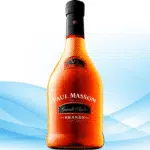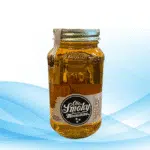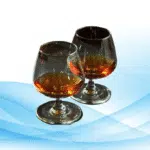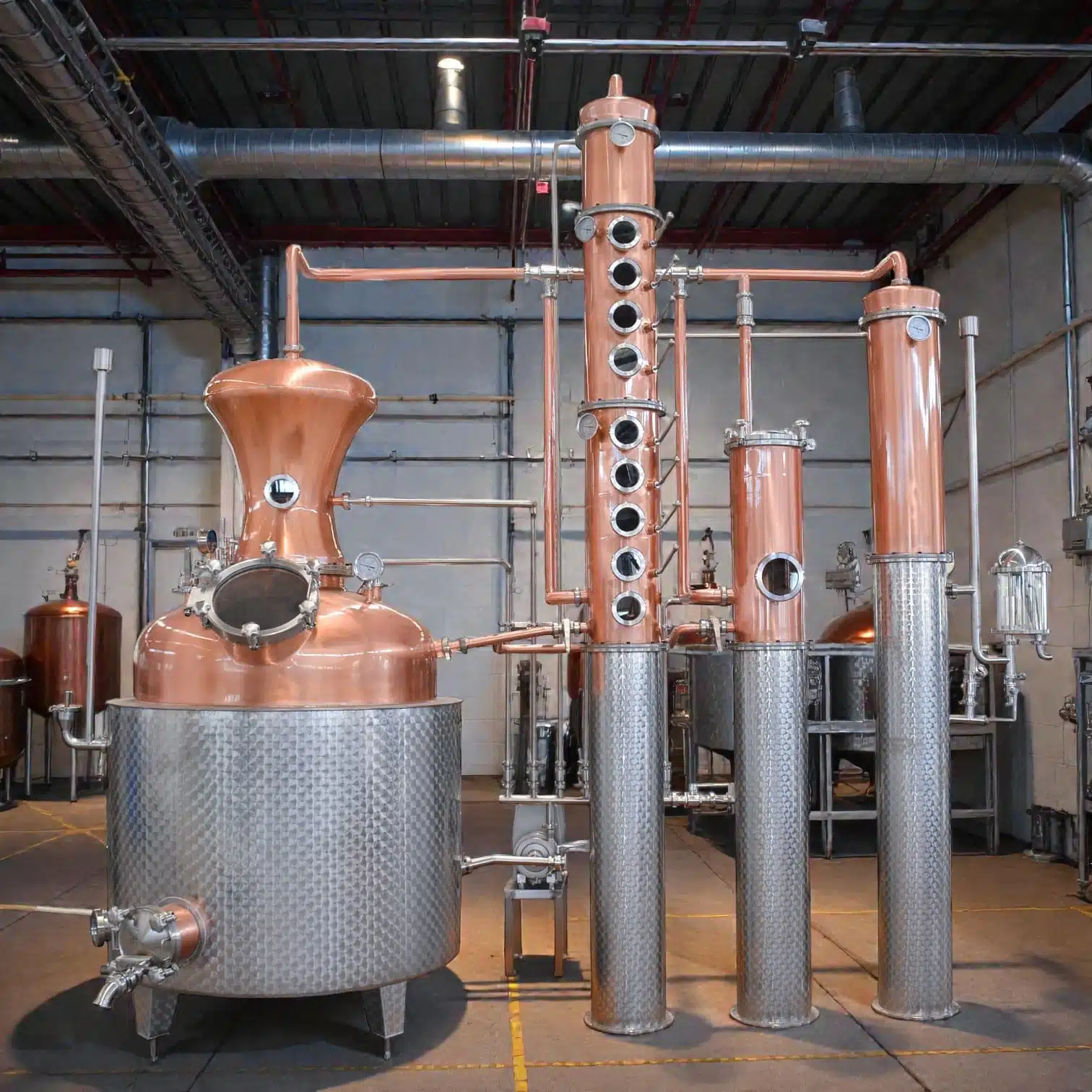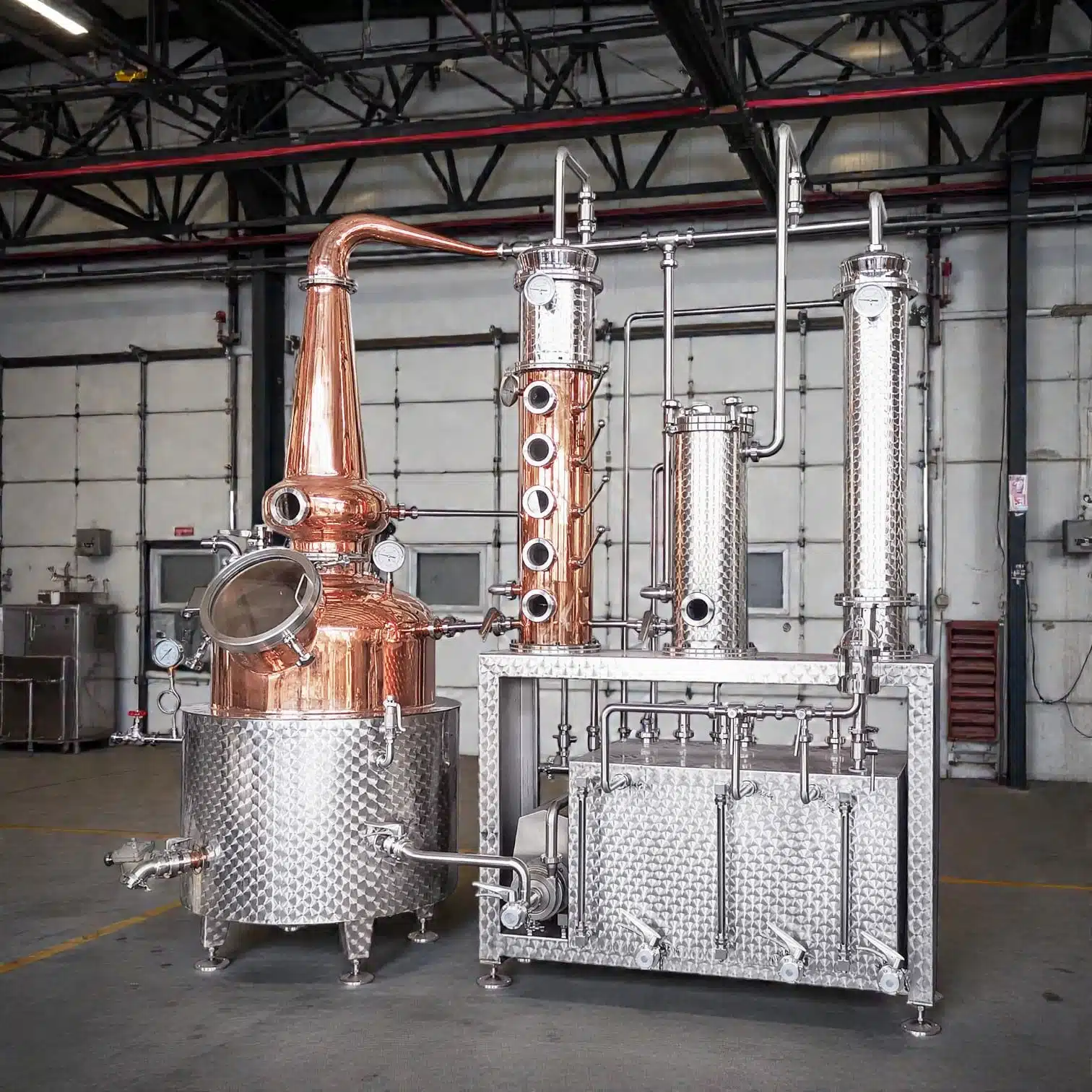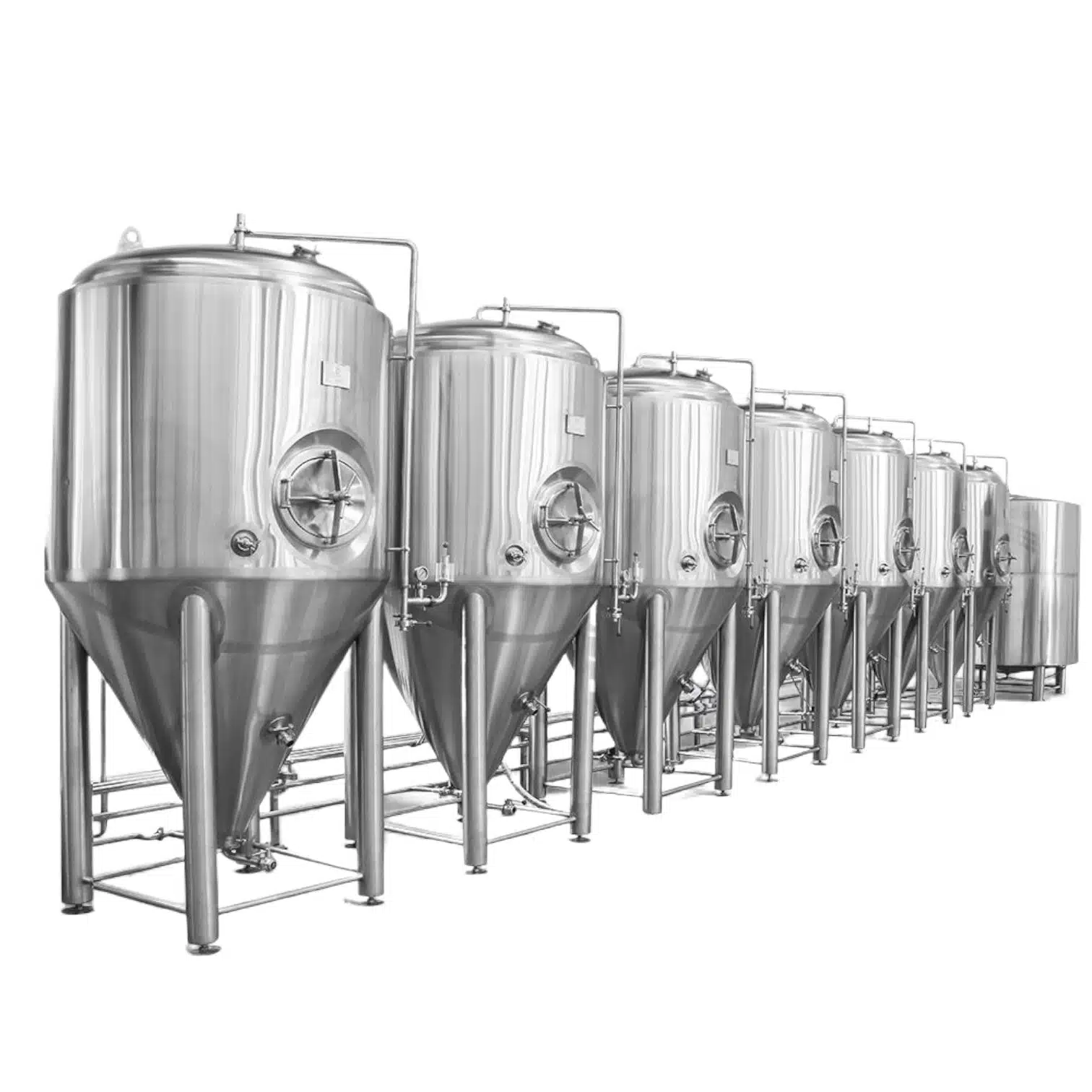Making gin is a simple process that involves infusing neutral spirits with a variety of botanicals. Here are the steps you’ll need to follow to make your own gin:
Crafting gin is a straightforward process, where you blend neutral spirits with a range of botanicals.
Here’s a guide to help you make your own gin at home:

Step 1: Choose Your Base Spirit
The initial step in gin-making is selecting your base spirit. This can be any neutral spirit such as vodka or grain alcohol. The base spirit will provide the backbone of your gin, so it’s important to choose one with a high alcohol content and minimal flavor.
When selecting your base spirit, consider the quality, as it will affect the final taste of your gin. A higher quality spirit may yield a smoother gin. Also, be mindful of the legalities in your region regarding the use of certain spirits for homemade gin making.
Step 2: Select Your Botanicals

Adding the right botanicals – the herbs, spices and other tasty bits that give it that special gin flavor we all love – is the real trick to making gin. However, you are free to get creative when making your drink and experiment with different herbal recipes to create unique flavors.
Consider the balance of flavors when choosing botanical spices. Some botanical spices (like juniper) should stand out, while others can be used to add subtle flavors. You need to be aware of the characteristics of each botanical you have on standby and how they will change the overall flavor of the gin.
Step 3: Infuse Your Botanicals
Once you have your base spirit and botanicals, it’s time to infuse them together. Start by adding your base spirit to a large glass jar or container. Next, add your botanicals, making sure to crush or grind them slightly to release their flavors. The amount of botanicals you use in your gin will ultimately depend on your personal taste, but a general guideline is to use approximately one tablespoon of botanicals for every 750ml of base spirit.
To ensure even infusion, periodically shake the jar or stir the mixture during the infusion process. This helps the botanicals to fully interact with the spirit. Be cautious not to over-infuse, as some botanicals can become overpowering if left for too long.
Step 4: Let it Sit
After adding your botanicals to the base spirit, seal the jar or container and let it sit for at least 24 hours. This will allow the flavors of the botanicals to infuse into the spirit. For a stronger flavor, you can let it sit for longer, up to a week.
During this resting period, the botanicals will impart their flavors and aromas into the spirit. Store the infusion in a cool, dark place to prevent any unwanted reactions that might be caused by light or heat.
Step 5: Strain and Bottle
Once your gin has finished infusing, it’s time to strain out the botanicals and bottle your homemade gin. Use a fine-mesh strainer or cheesecloth to remove all the botanicals from the infused spirit. Then, transfer the gin to a clean bottle or jar for storage.
After you strain it, you might notice that your gin has a little bit of color from all those botanicals. That’s totally normal, and it actually gives your homemade gin even more of a unique charm.
Gin Recipe
Now that you have learned the steps to make gin based on the above, you can try your hand at making your own delicious gin by following the recipe below. Below you will find the recipe for a classic London Dry Gin, which has the distinctive flavor of gin.
Ingredients:
- 750ml of neutral spirit (vodka or grain alcohol)
- 1 tablespoon of juniper berries
- 1 tablespoon of coriander seeds
- 1 tablespoon of angelica root
- 1 teaspoon of orris root
- 1 teaspoon of dried lemon peel
- 1 teaspoon of dried orange peel
- 1 teaspoon of dried grapefruit peel
- 1 teaspoon of dried lime peel
- 1 teaspoon of dried ginger
- 1 teaspoon of dried chamomile
- 1 teaspoon of dried lavender
- 1 teaspoon of dried rose petals
Instructions:
In a large glass jar or container, add the base spirit.
Crush or grind all the botanicals and add them to the base spirit.
Seal the jar and let it sit for 24 hours.
After 24 hours, strain out the botanicals using a fine-mesh strainer or cheesecloth.
Transfer the gin to a clean bottle or jar for storage.
Follow these instructions, and you’ll be on your way to making a flavorful, complex gin. The botanicals listed can be adjusted to suit your taste preferences, and you can even add or subtract ingredients to personalize your gin further.
Tips for Making Gin
There are a few tips and tricks to remember when making homemade gin for the best flavor.
Choosing the Right Equipment
Use a large glass jar that can comfortably fit all of your ingredients and leave some room for shaking or stirring during the infusion process.
Ensure your strainer or cheesecloth is fine enough to remove all botanical particles to achieve a clear gin.
Consider using a funnel to transfer your gin into bottles to avoid spilling and wasting your homemade spirit.
Experimenting with Flavors
Don’t be afraid to experiment with local or unusual botanicals to create a gin that reflects your personal taste or the character of a region.
Be mindful of the balance between botanicals. Too much of one flavor can overshadow the others and create an unbalanced gin.
Keep detailed notes of your botanicals and their quantities so you can replicate a successful recipe or tweak a less successful one.
Perfecting the Infusion Time
Taste your infusion at different intervals to determine when it has reached your desired flavor profile.
If the flavor becomes too intense, you can dilute the gin with more of the base spirit.
Record the infusion times along with the botanicals used to create a consistent method for future batches.
Sweetening Your Gin
To add a touch of sweetness, you can add a small amount of simple syrup to your gin before bottling it.
Consider the use of other sweeteners such as honey or agave nectar for a different flavor profile.
Make sure to add sweeteners gradually and taste as you go to avoid over-sweetening.
Anyone can make gin at home, and it is a fun and rewarding process. By following these simple steps and using our tried and true gin recipe, you’ll have a delicious homemade gin that you can enjoy in your favorite cocktails or simply on the rocks. Get creative and start experimenting with different botanicals to create your own unique Gin flavors. Come on, drink up!
If you are planning to buy a gin stills please contact us!

